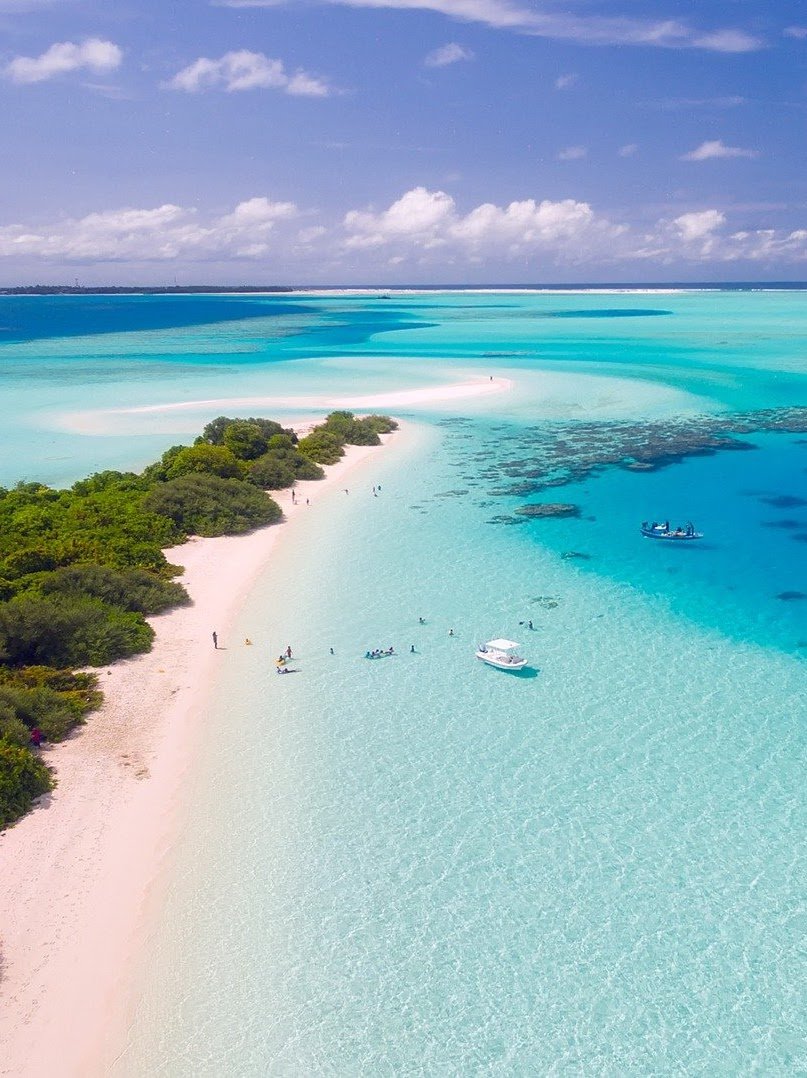Climate Mini Unit Resources
Climate Mini Unit for NGSS MS ESS2-6
In the Climate mini unit, students investigate how latitude, altitude, wind and water affect regional climate patterns. Then, students choose an area of the world they are interested in and take a deeper look at the causes of their region’s climate. In the extension activities, students choose an extreme climate on Earth (boiling hot springs, frozen arctic ice, the top of Mount Everest) and learn more about a species that thrives in that extreme climate.
Anchor Phenomenon Ideas: Share the climate zones or the more detailed World Climate Regions with students and use the authentic questions they come up with to make connections throughout your unit.
Make it Relevant: If students could live in any climate, what would they choose? Tropical, temperate, polar? Encourage students to learn more about the climate they are most interested in - this will support their summative assessment work and increase motivation throughout the unit.
Tips and Tricks: When students create their graph of average temperatures on Mount Everest, ask them, "If heat rises, why does temperature decrease at higher elevations?" This Scientific American article explains.
To help you better visualize how to demonstrate the Coriolis Effect with a turning balloon, here is a video of the lab. To better help students visualize the Coriolis Effect, share this Nat Geo video of throwing a ball while spinning on a merry-go-round.
Extension Ideas: Student love learning about extremes and extreme climates are no exception! Here are eight animals that live in extreme environments to help kids get excited about the extension activity. Challenge students to learn more about animal adaptations for both extreme hot and extreme cold climates!
